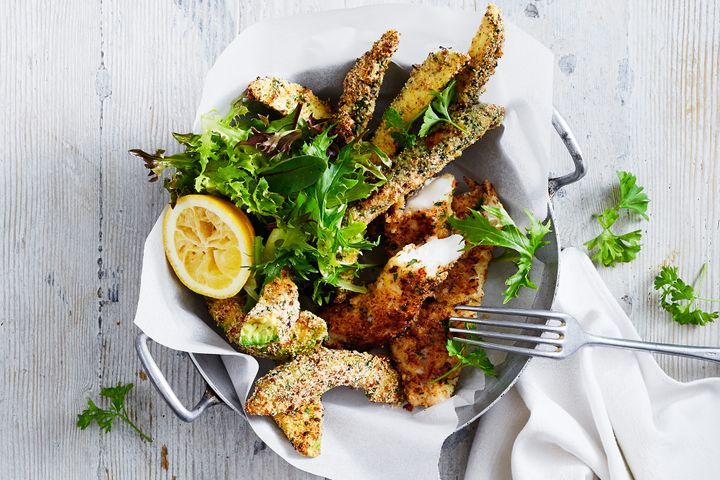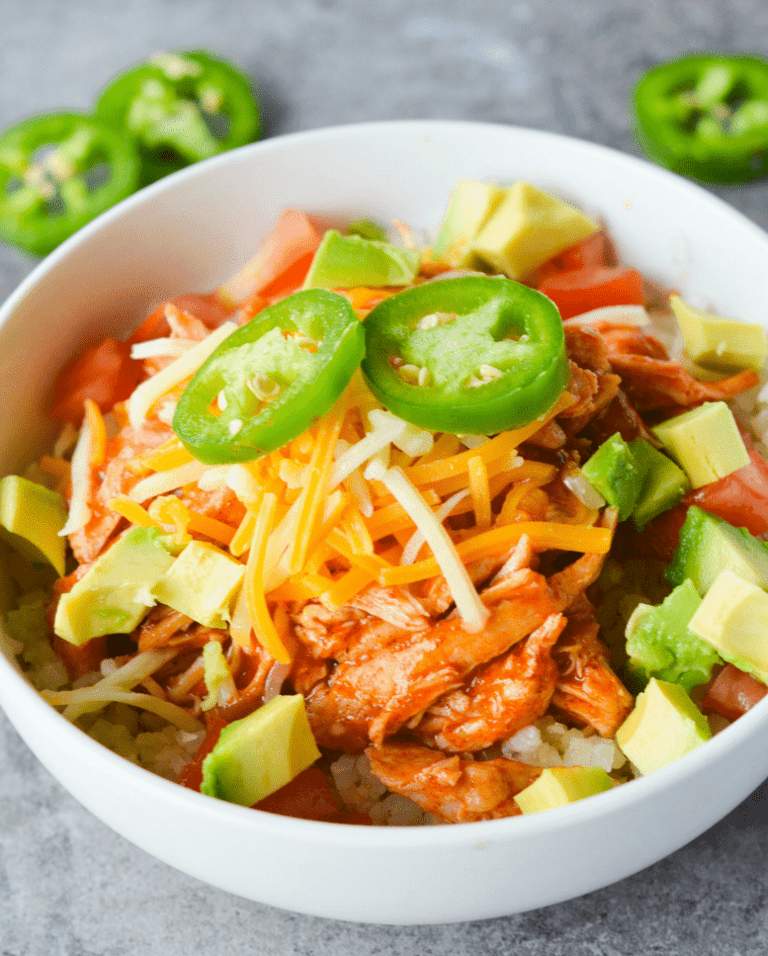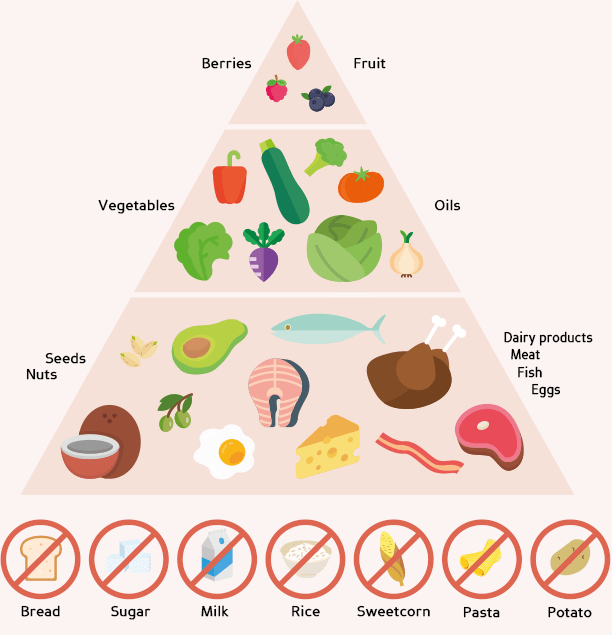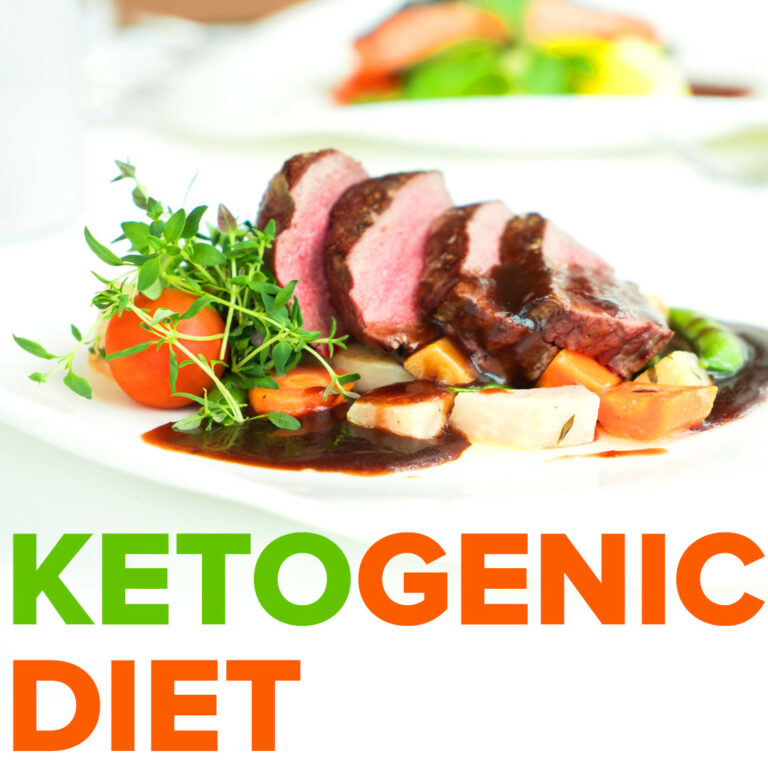The Flexitarian Diet: A meal plan for 7 days
Author: Rose Stella
Rose Stella
Category: Fitness
Tags: diet, flexitarian, day, fitness
Known as the Flexitarian Diet, it is a way of eating that emphasizes plant- based meals while allowing for the consumption of meat and other animal products in moderation. Basically, a flexitarian meal plan is the simple act of planning and **** writing down your flexitarian meals for the week ahead of time.
It’s more adaptable than a completely vegetarian or vegan diet, for example.
Choosing a flexitarian meal plan may be the right choice for you if you want to increase the number of plant foods in your diet without fully eliminating meat.
This article will provide you with an overview of the Flexitarian Diet, its benefits, items to consume, and a one-week meal plan for anyone interested in trying it out.
What is a flexitarian meal plan?
The flexitarian diet is essentially a non-diet strategy to increase the amount of plant-based food consumed. Some people organize their diet in this way: they eat a vegetarian diet at home but consume meat when they are out to dinner with friends or whenever someone else is cooking. Others have meat only once or twice a week, or once or twice a month while remaining primarily vegetarian. The basic purpose of the flexitarian diet, regardless of how it is implemented, is to consume more vegetarian meals.
The flexitarian diet is a little difficult to define because, well, it’s a flexible eating plan, to begin with. This diet, which is formed from the words flexible and vegetarian, is primarily composed of plant-based vegetarian meals, but it does not completely eliminate meat from one’s diet. Your choice of how you want to build it is entirely up to you. It’s possible for some people to consume meat twice a week, while others may diet almost entirely vegetarian, save for the occasional animal-centric dinner. In either case, the flexitarian diet allows you to reap the many health benefits of eating more plant-based meals without having to adhere to the rigorous rules of a strictly vegetarian or vegan eating plan.
Foods and beverages to consume when following a flexitarian diet
A flexitarian diet emphasizes a variety of healthful behaviors, such as avoiding red meat as much as possible and consuming plenty of lean protein and complete vegetables. According to nutritionists, there are certain foods that should be consumed more regularly while others should be consumed in smaller quantities less frequently.

Foods and beverages to consume on a regular basis:
- Water
- Vegetables and Fruits
- Whole grains
- Nuts and seeds are a healthy snack (recommended portion of 1 to 2 ounces per day)
Foods and beverages that should be consumed in moderation:
- Cheese with a low fat content
- Yogurt with a low fat content
- Eggs
- Poultry
- Fish
- Beverages containing caffeine
Foods and beverages to avoid at all costs include:
- Meat that has been processed (bacon, salami, hot dogs, sausage)
- Carbohydrates that have been refined (bread, pasta, and pastries made with white flour)
- Snacks that have been processed (candy, chips, cookies)
- Drinks that have been sweetened (soda, sweetened juice, energy drinks)
Health Advantages That Could Be Obtainable
Eating a flexitarian diet may have a number of health benefits.
Nonetheless, because there is no well-defined criteria for this diet, it is impossible to determine whether and to what extent the benefits of other plant-based diets are applicable to the Flexitarian Diet.
The research on vegan and vegetarian diets, on the other hand, is still useful in demonstrating how semi-vegetarian diets may be beneficial to one’s health.
It appears that consuming largely fruits, vegetables, legumes, whole grains, and other minimally processed whole foods is necessary in order to obtain the health benefits of a plant-based diet, according to the research.
If you reduce your meat consumption while continuing to consume refined foods that are high in added sugar and salt, you will not get the same health benefit.
On the other hand, flexitarian eating is eating plant-based foods. It will most likely provide benefits similar to those of a totally vegetarian diet.
Possible Health Benefits of Flexitarian diet are
- Loss of Pounds
- Decrease the risks of acquiring heart diseases
- Minimizing unhealthy sugar intake resulting to decrease risks of Diabetes
- Help prevent Cancer
7-Day flexitarian meal plan
Day 1

Breakfast: A bowl of oatmeal (prepared with dairy-free milk) with fruit and walnuts on top for breakfast
Lunch: A mixed green salad with spicy chickpeas, avocado, cherry tomato, cucumber, and balsamic dressing.
Snack: roasted bell peppers with hummus
Dinner: Frittata with butternut squash and black beans.
Day 2

Breakfast : One serving of Muffin-Tin Omelets with Bell Pepper, Black Beans & Jack Cheese; One medium-sized banana
Lunch: A Meal-Prep Vegan Moroccan Lettuce Wraps
Snack: 2/3 cup low-fat plain Greek yogurt and 1/4 cup raspberries
Dinner: 1 serving Vegan Pad Thai with Tofu
Day 3

Breakfast: Steel-cut oats with apples, milled flaxseed, and cinnamon.
Lunch: Salad with greens, shrimp, corn, black beans, and avocado.
Snacks: Sliced pear
Dinner: Lentil soup with whole-grain bread and a side salad.
Day 4

Breakfast: Whole-wheat toast with peanut butter, apple slices
Lunch: Whole-wheat pita with mixed greens, bell pepper, and roasted chickpeas
Snack: ¼ cup walnut halves
Dinner: Chicken stir fry with mixed vegetables and nutritional yeast
Day 5

Breakfast: Oatmeal with peanut butter and chopped apple
Lunch: Mexican bowl with chicken or black beans, chopped romaine and peppers, brown rice, guacamole, and salsa
Dinner: Mediterranean plate with chicken or chickpeas; cucumber, tomato, feta salad; and lemon-dill brown rice
Snack: Grape tomatoes and mozzarella stick and/or clementine and almonds
Day 6

Breakfast: Over-easy eggs with sauteed veggies and fruit salad.
Lunch: Peanut butter sandwich with crushed berries on whole-grain bread.
Dinner: Black bean burgers with avocado and sweet potato fries.
Snack: 1 medium apple
Day 7

Breakfast: Cinnamon roll overnight oats and 1 medium-sized orange
Lunch: Veggie & Hummus Sandwich
Dinner: Pesto Ravioli with Spinach & Tomatoes; 2 cups mixed greens; 1 serving Citrus Vinaigrette
Snack: 1 large pear
Flexitarian Diet, which emphasizes healthy plant proteins and other whole, minimally processed plant-based meals. It is beneficial to consume meat and animal products in moderation.
Eating flexitarian may help you lose weight while also lowering your risk of developing heart disease, cancer, and type 2 diabetes, among other health problems, there is a possibility that it is even beneficial to the environment.
However, it is critical to carefully organize your flexitarian meal selections in order to avoid nutritional deficits and gain the greatest number of health advantages.












